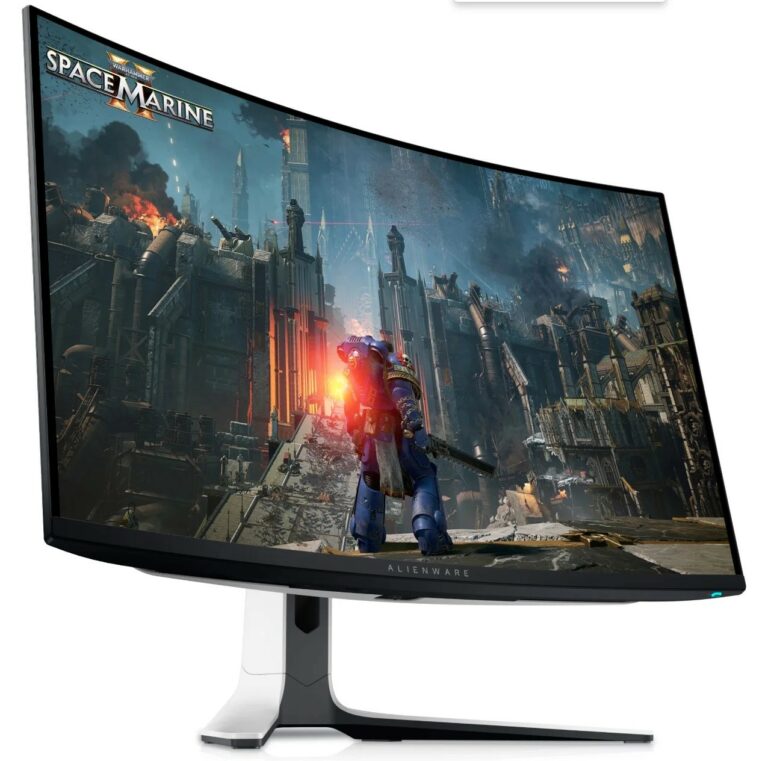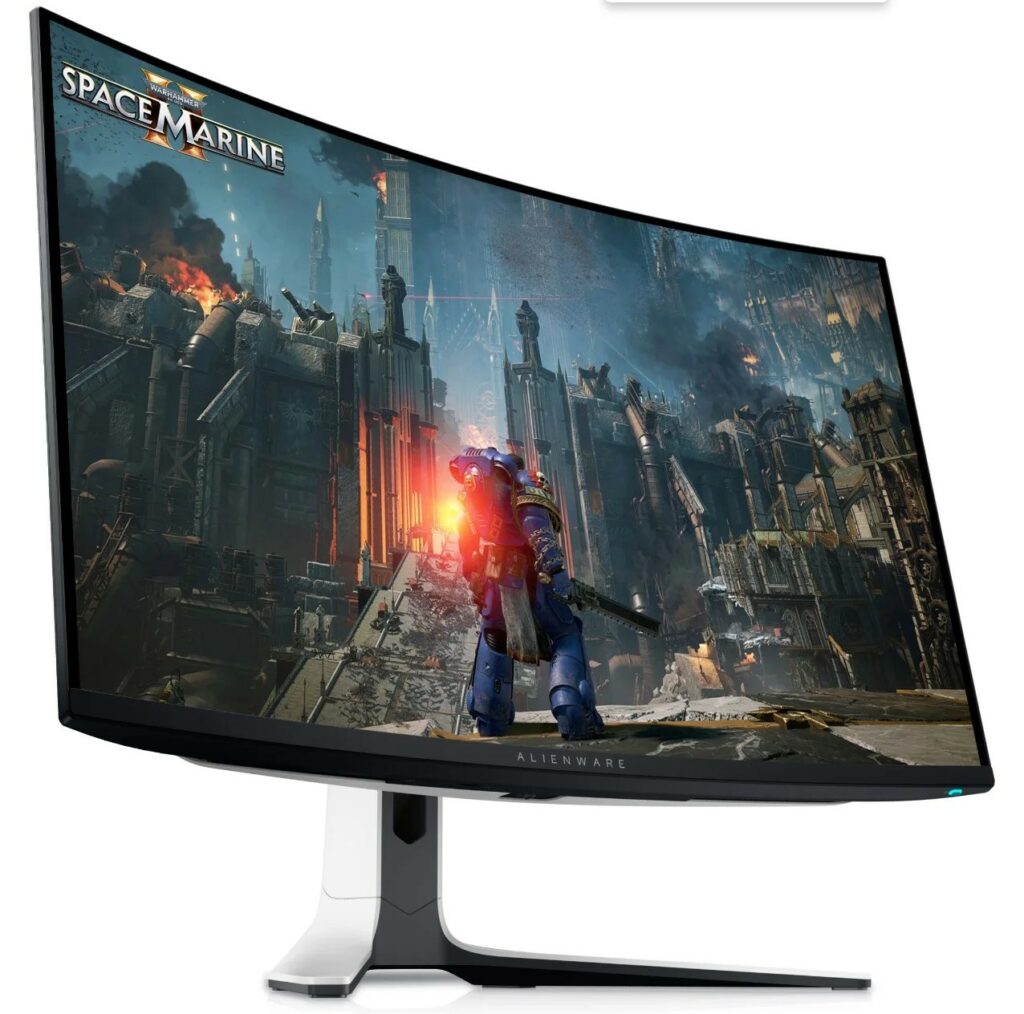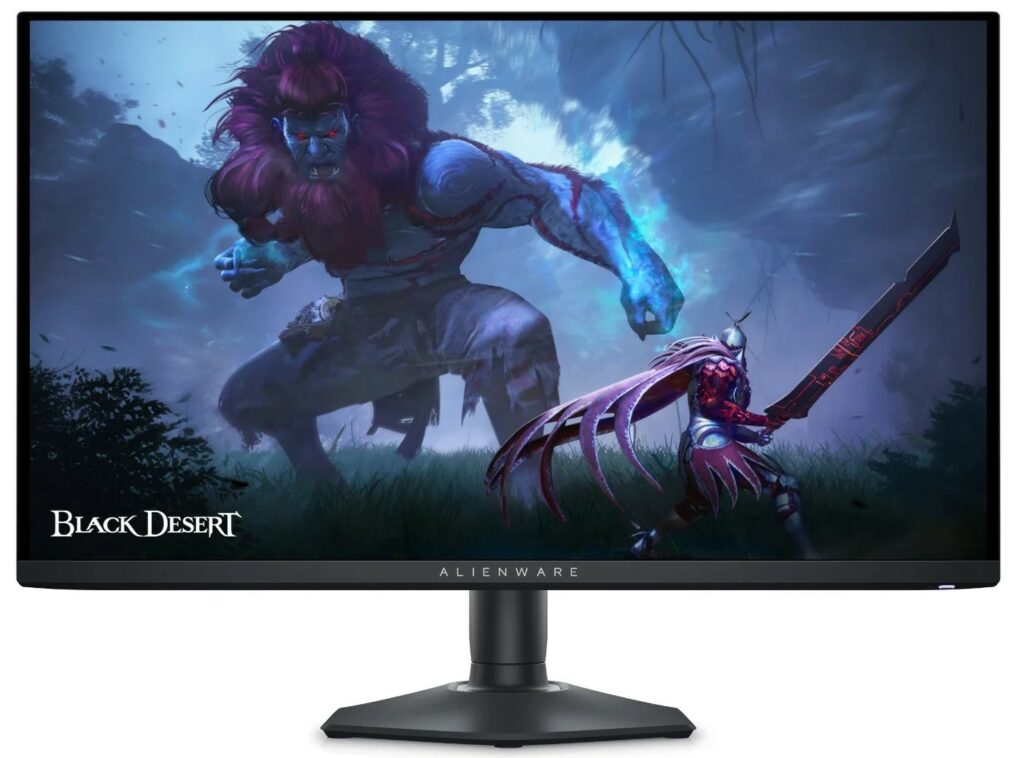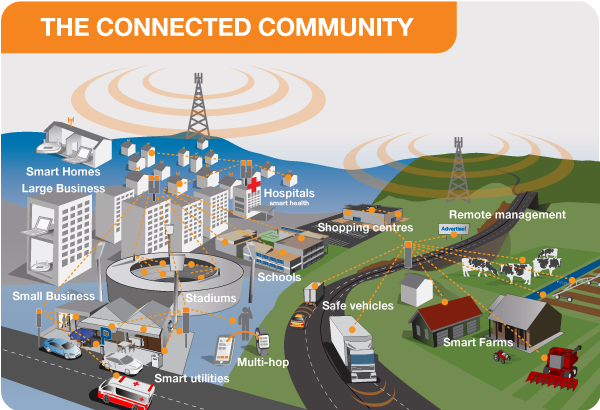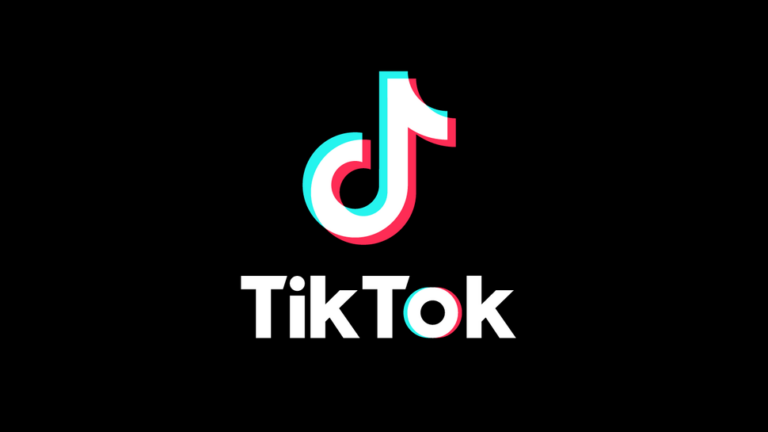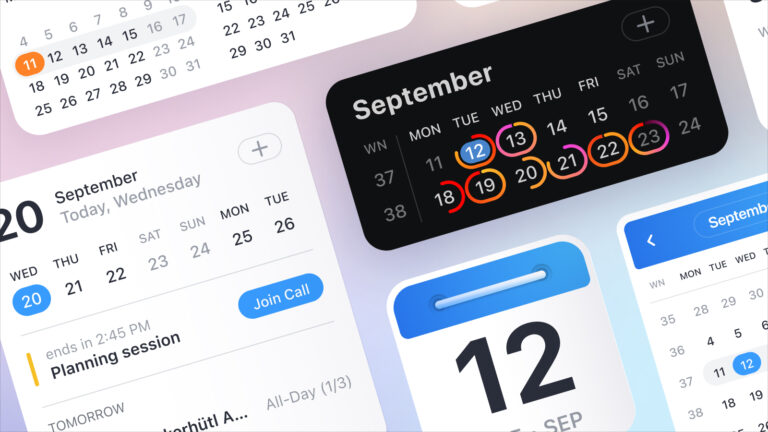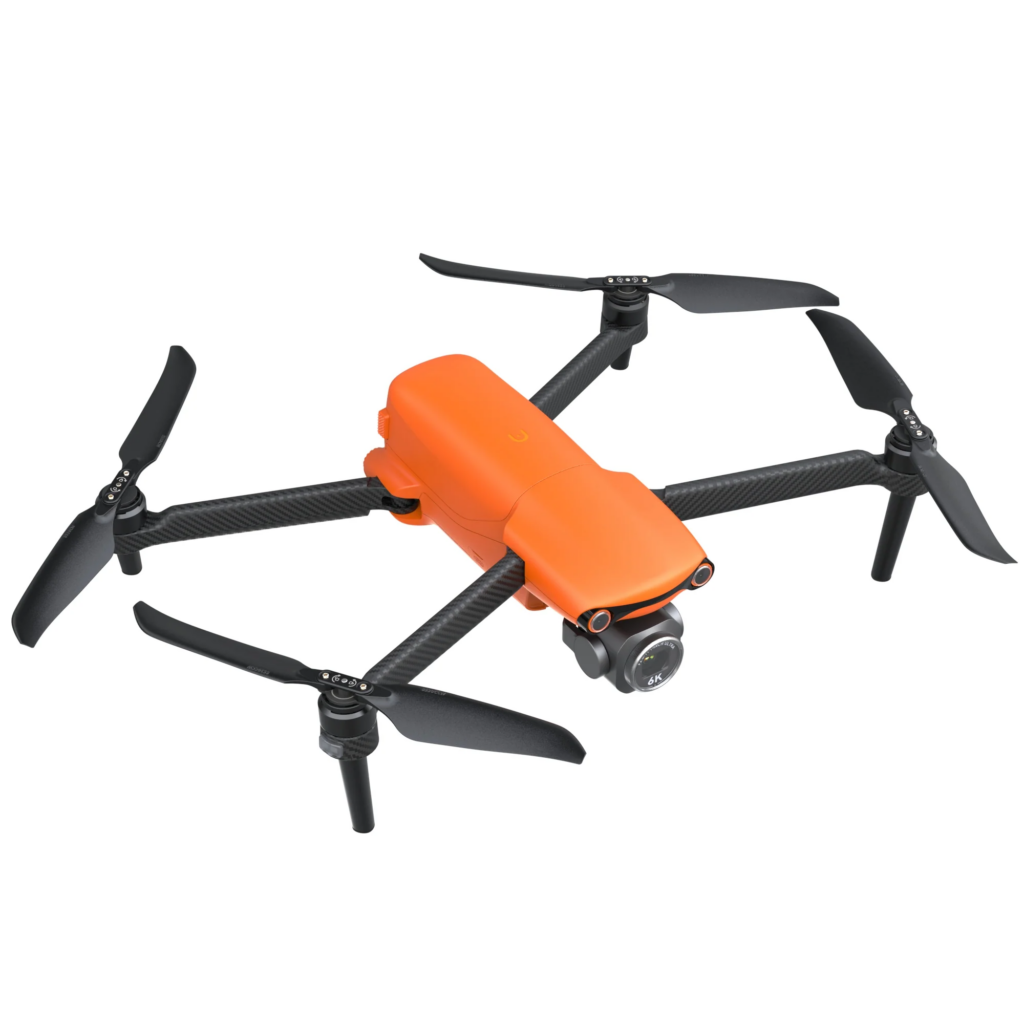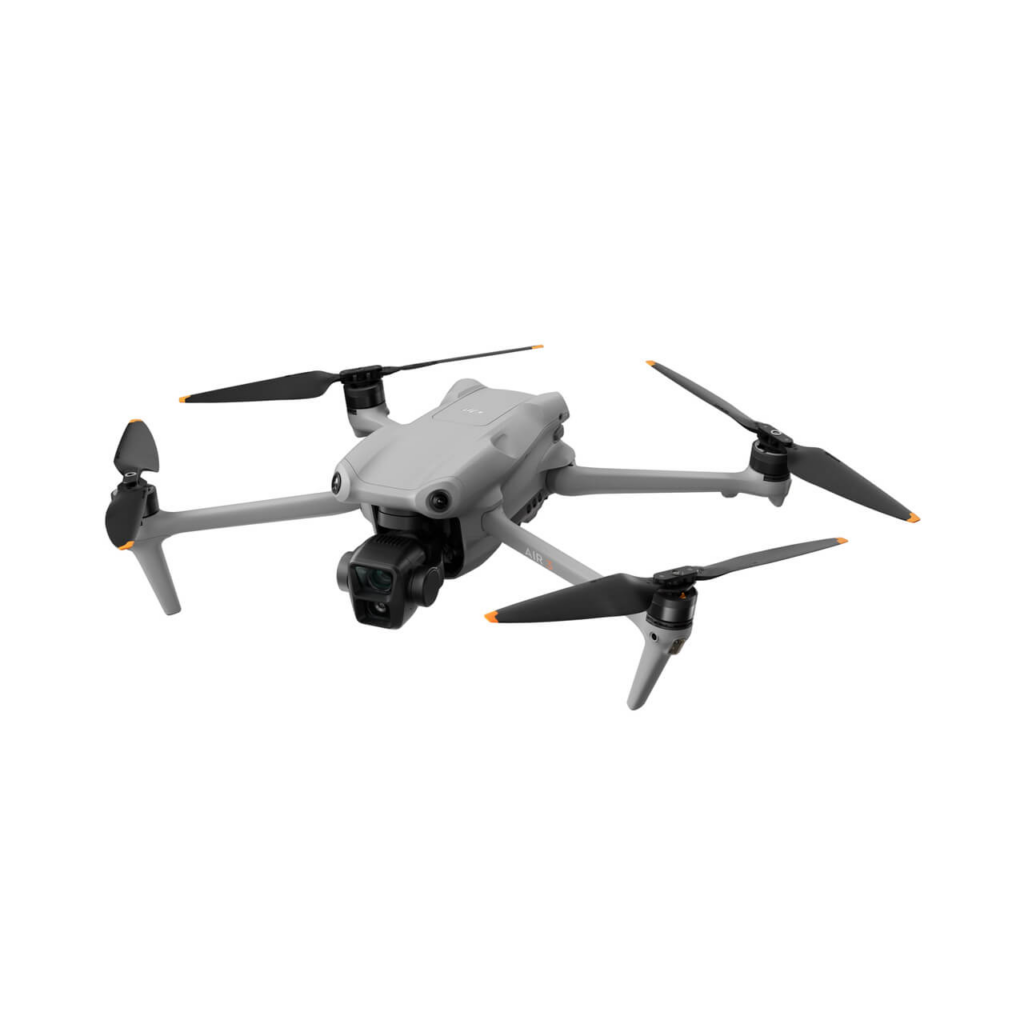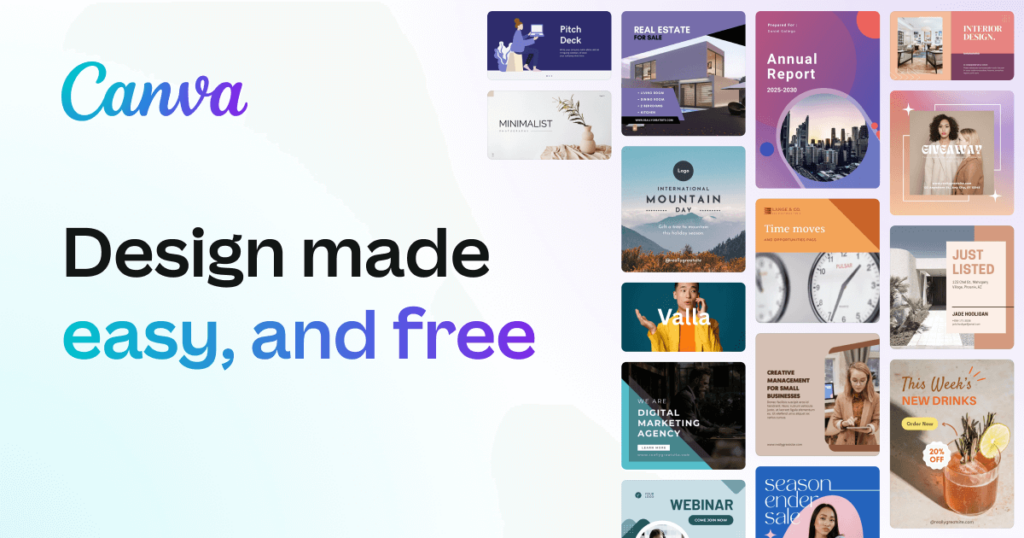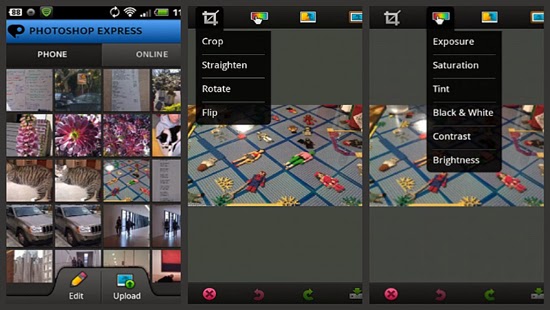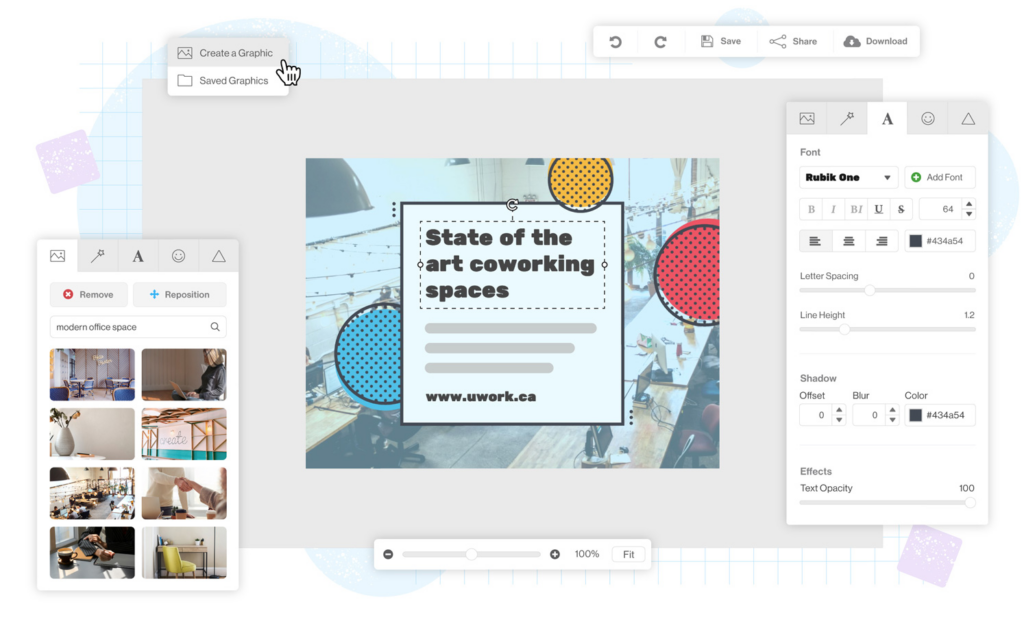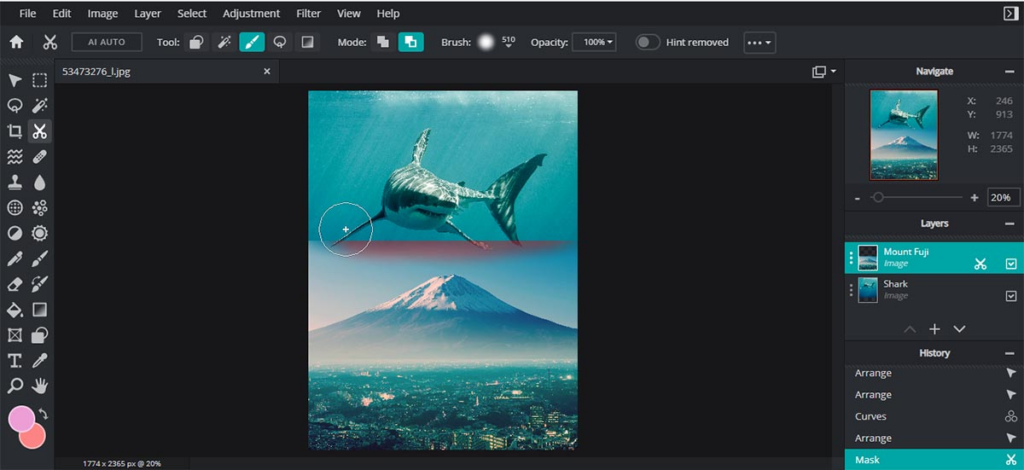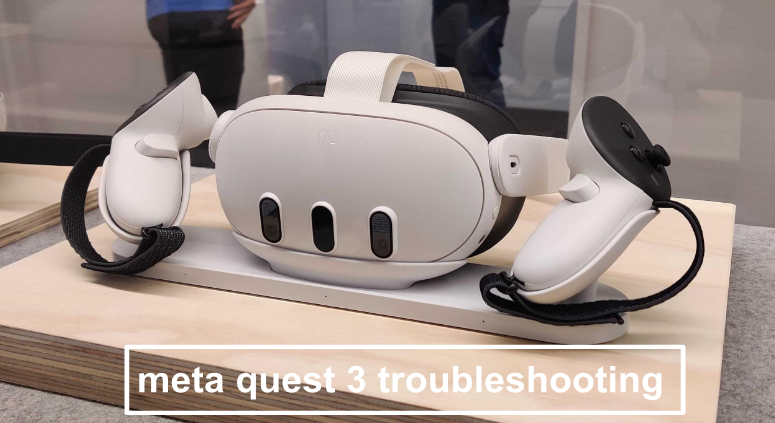This May, we have an exciting collection of new movie releases from different genres. Among them are highly anticipated movies with delayed releases, prequels, action hits, and romance. Under the direction of Sean Durkin, we have “The Iron Claw,” a gripping portrayal of American professional wrestler Kevin Von Erich, starring Zac Efron. “The Idea of You,” a heartwarming romance starring Anne Hathaway and Nicholas Galitzine, explores the complexities of love and age. “Madame Web” introduces Fifty Shades of Grey’s Dakota Johnson as a paramedic discovering clairvoyant powers. These films and others on this list promise to captivate audiences with stellar performances and imaginative storytelling.
The Iron Claw Movie Releases
Zac Efron’s compelling performance in “The Iron Claw” brings depth to Writer and Director, Sean Durkin’s portrayal of Von Erich. The narrative follows American professional wrestler Kevin Von Erich, who grapples with the expectations placed upon him as the eldest son and potential champion wrestler. However, his journey becomes complicated by the successes and tragedies of his brothers, each facing their challenges within the family and the wrestling world.
The Idea of You Movie Releases
The Princess Diaries star Anne Hathaway shines in this heartwarming romance “The Idea of You. In this sleek adaptation of Robinne Lee’s romantic novel, the sparks fly from the moment 40-year-old single mother Solène (Anne Hathaway) crosses paths with 24-year-old heartthrob Hayes (Nicholas Galitzine) at Coachella.
Director Michael Showalter injects an unexpected edge into this romcom, balancing the empowering message that women over 40 deserve romantic fulfillment with the reality that love with a young pop star isn’t without its challenges. Solène exudes confidence, unapologetically embracing her right to love, even if it means navigating the complexities of a relationship with a charming but naive musician.
Madame Web Movie Releases
Dakota Johnson stars as a paramedic discovering clairvoyant powers and connecting with three young women, played by Sydney Sweeney, Celeste O’Connor, and Isabela Merced, in Sony’s addition to the Spiderverse.
Despite initial criticisms, the film holds a lot of promise as Johnson’s clairvoyant character navigates a world of danger to protect these three young girls. With its arrival on Netflix, audiences can decide for themselves if “Madame Web” spins a captivating story worthy of the Marvel legacy.
The Hunger Games: The Ballad of Songbirds & Snakes Movie Releases
Another addition to the Hunger Games franchise, The Ballad of Songbirds & Snakes explores the origins of President Snow and the ruthless world of the Hunger Games. Set against the backdrop of a nascent dystopian society, the prequel delves into the origins of power and tyranny through the rise of a young Coriolanus Snow, portrayed with captivating nuance by Tom Blyth. The dynamics of his relationships, particularly with the enigmatic Lucy Gray Baird, add layers of intrigue as they navigate the deadly Hunger Games together.
The American Society of Magical Negroes Movie Releases
Kobi Libii explores racial dynamics through a unique lens, imagining a secret society of Black individuals magically helping white people feel comfortable, starring Justice Smith and David Alan Grier.
Ghostbusters: Frozen Empire Movie Releases
Jason Reitman returns with a sequel, “Frozen Empire,” featuring the next-gen paranormal investigators and franchise OGs like Dan Aykroyd and Bill Murray.
Mickey 17
Bong Joon-ho’s sci-fi film stars Robert Pattinson as an astronaut facing an existential crisis on a faraway icy planet, with clones and existential dilemmas in the mix.
Godzilla x Kong: The New Empire Movie Releases
Adam Wingard directs the dynamic duo, Godzilla and Kong, teaming up against a new threat, featuring Dan Stevens, Rebecca Hall, Brian Tyree Henry, and more.
Challengers
Luca Guadagnino helms a tennis drama, “Challengers,” exploring the complicated love triangle between teen phenom Tashi (Zendaya) and two male players (Mike Faist and Josh O’Connor).
Civil War Movie Releases
Alex Garland’s speculative fiction dives into a modern-day civil war erupting after 19 states secede, with Kirsten Dunst caught in the chaos and Nick Offerman as a provocative President.
The Fall Guy
David Leitch brings the ’80s TV show to the big screen with Ryan Gosling as Colt Seavers, a stuntman turned bounty hunter, investigating the disappearance of a movie star (Aaron Taylor-Johnson).
Back to Black
Sam Taylor-Johnson directs Marisa Abela as Amy Winehouse, exploring the ups and downs leading to the singer’s iconic album, “Back to Black,” with a stellar cast including Eddie Marsan and Jack O’Connell.
IF
John Krasinski’s fantasy film delves into the world of imaginary friends, featuring Ryan Reynolds and Cailey Fleming, with an impressive voice cast including Steve Carell, Phoebe Waller-Bridges, and more.
Furiosa: A Mad Max Saga
Anya Taylor-Joy steps into Charlize Theron’s shoes as Imperator Furiosa in George Miller’s origin story prequel, promising old-school stunts and the backstory of the iconic character.
Kingdom of the Planet of the Apes Movie Releases
The fourth installment in the Planet of the Apes reboot series explores a future where a new head ape (Kevin Durand) seeks weapons and tech dominance, with Owen Teague and Freya Allen as allies.
Hit Man
In case you missed it, Glenn Powell is back in action. Powell plays a tech whiz assisting the police in recording undercover sting operations. When his colleague, slated to impersonate a hitman, drops out, Powell steps in. The twist? He finds himself falling for the client, played by Adria Arjona, who is escaping an abusive relationship.
Unfrosted
Jerry Seinfeld’s directorial debut, “Unfrosted,” serves up a hilarious take on the origin story of the Pop Tart, blending comedy with a slice of culinary history. Featuring an ensemble cast of comedic talents, the film offers a lighthearted exploration of corporate rivalry and breakfast innovation. Netflix’s star-studded comedy promises a sweet treat for audiences craving a taste of nostalgia and humor.
American Fiction
“American Fiction” delves into the complexities of race and commercialization in Hollywood, offering a satirical take on cultural appropriation. Jeffrey Wright’s portrayal of a disillusioned novelist navigating the demands of the industry earned critical acclaim, highlighting the film’s sharp wit and thought-provoking commentary. With its biting humor and excellent performances, “American Fiction” challenges audiences to confront the realities of storytelling and representation in media.
Deadpool 3
Prepare for the integration of Ryan Reynolds’ Deadpool into the Marvel Cinematic Universe in “Deadpool 3.” The Merc With the Mouth teams up with Wolverine, portrayed by Hugh Jackman, for an MCU/X-Men crossover. Jennifer Garner reprises her role as Elektra, adding an extra layer of excitement to this superhero extravaganza.
Janet Planet
Annie Baker’s directorial debut, “Janet Planet,” emerges as a contender for the best movie of 2024. The film follows 11-year-old Lacy, played by Zoe Ziegler, during the scorching summer of 1991. Opting out of sleepaway camp, Lacy spends her time observing her mother, Janet, portrayed by Julianne Nicholson, navigating the complexities of adult relationships. With Baker’s signature understanding of human dynamics, this promises to be a stunning piece of cinema.
Borderlands
The popular videogame “Borderlands” gets the big-screen treatment with Cate Blanchett, Kevin Hart, Jack Black, and Jamie Lee Curtis leading the cast. Directed by Eli Roth, and co-written by Craig Mazin, known for The Last of Us, this adaptation boasts a strong pedigree. Get ready for a wild ride with this outlaw band of brothers.
Alien: Romulus
Director Fede Alvarez adds a new chapter to the Alien canon with “Alien: Romulus.” Set between the events of the first film and Aliens, this installment explores the chaos caused by the iconic Xenomorphs in London. Cailee Spaeny, who plays Priscilla, reveals intriguing details about the movie, promising a visually stunning addition to the Alien franchise.
Kraven the Hunter
Aaron Taylor-Johnson steps into the shoes of the infamous Spider-Man villain, Kraven, in this solo outing. Set before his inevitable clash with Spidey, the film promises an exploration of Kraven’s character. Supported by Ariana DeBose, Russell Crowe, Alessandro Nivola, and others, “Kraven the Hunter” brings a fresh perspective to the Spider-Man universe.
The Piano Lesson
Denzel Washington continues his commitment to bringing August Wilson’s “Pittsburgh Cycle” to the big screen with “The Piano Lesson.” John David Washington and Danielle Deadwyler star as siblings in a battle over their family’s heirloom piano. Samuel L. Jackson returns as the uncle, and with a cast including Ray Fisher, Corey Hawkins, Stephan James, and Erykah Badu, this adaptation promises a powerful exploration of family and heritage.
Beetlejuice 2
Michael Keaton reunites with director Tim Burton for the long-awaited sequel to the 1988 classic, “Beetlejuice 2.” The ghost with the most returns to haunt the Deetzs, played by Catherine O’Hara and Winona Ryder. Jenna “Wednesday” Ortega adds a fresh twist to the next-generation chaos. Get ready to say his name three times!
Wolfs
Brad Pitt and George Clooney team up as professional “fixers” in Barry Levinson’s Mob drama, “Wolfs.” Vito Genovese and Frank Costello compete for the top spot in the criminal syndicate, with a twist – De Niro plays both roles. Amy Ryan adds her remarkable talent to the mix, promising a gripping portrayal of organized crime.
Joker: Folie à Deux
Director Todd Phillips and Joaquin Phoenix return for another round of D.C. I.P.-tweaking in “Joker: Folie à Deux.” The excitement reaches new heights as Lady Gaga joins the cast as Harley Quinn, the Joker’s girlfriend and partner in crime. Batfans and Little Monsters unite for what promises to be an electrifying cinematic experience.
Maxxxine
Filmmaker Ti West and Mia Goth conclude their horror trilogy with “Maxxxine.” The lone survivor from the 1970s slasher film X becomes a porn superstar in the 1980s. Goth’s character faces the resurgence of deranged killers from her past, setting the stage for another thrilling installment.
Venom 3
Tom Hardy’s Spidey antihero returns for the third installment of “Venom 3.” Expect more of the dynamic banter between man and symbiote that made the first two movies a hit. Juno Temple and Chiwetel Ejiofor join the cast, adding new dimensions to the symbiotic madness.
Alto Knights
Robert De Niro takes a break from contemporary issues to star in Barry Levinson’s Mob drama “Alto Knights.” The film explores the rivalry between Mafia bosses Vito Genovese and Frank Costello, with a unique twist – De Niro plays both roles. Katherine Narducci, Debra Messing, and Cosmo Jarvis round out the cast, promising a double dose of De Niro’s acting prowess.
Gladiator 2
Paul Mescal dons the leather tunic and sandals for Ridley Scott’s long-awaited sequel to “Gladiator.” Set after the events of the 2000 Oscar-winner, Mescal plays the now-grown Lucius Verus. With Denzel Washington, Pedro Pascal, and the iconic Sir Derek Jacobi, “Gladiator 2” promises to be a captivating continuation of the beloved original.
Wicked
Prepare for the enchanting adaptation of Broadway’s record-breaking musical, “Wicked.” Cynthia Erivo takes on the role of the Wicked Witch of the West, with Ariana Grande as Glinda the Good and Jeff Goldblum as the man behind the curtain. Bowen Yang, Michelle Yeoh, and Jonathan Bailey join the star-studded cast for a journey down the yellow brick road.
Shirley
John Ridley brings the inspiring story of Shirley Chisholm to the screen in this biopic. Regina King stars as the trailblazing figure, the first Black woman elected to Congress and a 1972 Presidential candidate. Terence Howard, Luca Hedges, André Holland, Thomas Mitchell Stokes, and Lance Reddick round out the ensemble, promising a compelling portrayal of a great American hero.
Mufasa: The Lion King
Barry Jenkins takes the helm of the prequel to 2019’s “The Lion King” in “Mufasa: The Lion King.” Exploring the journey of Simba’s father, this film promises laughs, tears, and enchanting musical numbers. With a stellar cast, including Barry Jenkins, Hakuna Matata awaits in this captivating chapter of the beloved Disney classic.
Nosferatu
Robert Eggers directs the screen remake of F.W. Murnau’s 1922 silent classic, “Nosferatu.” Bill Skarsgard takes on the role of Count Orlok, with Lily-Rose Depp as his unfortunate love interest. Nicolas Hoult, Emma Corrin, Willem Dafoe, Aaron Taylor-Johnson, and Simon McBurney joined the cast, offering a fresh take on the iconic vampire tale. Get ready for a hauntingly beautiful rendition of this horror classic.
Other New Movie Releases to Watch Out For
Bob Marley: One Love
Kingsley Ben-Adir embodies the iconic Bob Marley in this long-awaited biopic, exploring the reggae legend’s life and legacy with Lashana Lynch as Rita Marley.
Ferrari
Michael Mann’s “Ferrari” drives into the top ranks of cinema, chronicling Enzo Ferrari’s tumultuous life with gripping intensity. Adam Driver’s commanding performance as Ferrari, alongside Penélope Cruz’s fierce portrayal of his wife, captivated audiences and critics alike.
Drive-Away Dolls
Ethan Coen’s Coen-esque comedy follows two friends on a road trip who accidentally end up with stolen loot, featuring a star-studded cast including Geraldine Viswanathan, Margaret Qualley, and Pedro Pascal.
Dune: Part Two
Denis Villeneuve continues the sci-fi epic with Zendaya and Timothée Chalamet saving the universe, introducing new faces like Florence Pugh, Christopher Walken, and Léa Seydoux.
Love Lies Bleeding
Rose Glass, known for Saint Maud, directs this torrid tale of love, sex, and crime, starring Kristen Stewart and Katy O’Brian in a gripping narrative set in New Mexico.
Road House
Doug Liman directs a remake of the 1980s classic with Jake Gyllenhaal as Elwood Dalton, a UFC fighter turned “cooler” in the Florida Keys, ensuring an action-packed journey.
Ballerina
Calling all John Wick enthusiasts! Prepare for a thrilling spin-off featuring Ana de Armas as Rooney, a dancer-assassin seeking vengeance for her family’s murder. Set between the third and fourth John Wick movies, this promises high-octane action, with Keanu Reeves making a return as the iconic killer, alongside series regulars Ian McShane, Angelica Huston, and the late Lance Reddick. Get ready for impeccably choreographed chaos.
Bad Boys 4
Will Smith and Martin Lawrence are back, bringing the heat as Detectives Mike Lowery and Marcus Burnett for one more (or is it the last) time in Miami’s police department?. While the specific antics of these two loose cannons remain a mystery, expect the usual mix of jokes, shoot-outs, car chases, and sleazy villains. The directing duo Adil & Bilall, who helmed Bad Boys For Life, are back to ensure another round of memorable Miami mayhem.
Inside Out 2
Disney and Pixar’s emotional rollercoaster returns in “Inside Out 2.” Riley, now a young woman, grapples with a new set of emotions as she navigates life at 13. Joy, Sadness, Anger, and the gang face the challenge of accommodating new roommates, including Anxiety, portrayed by Maya Hawke. Amy Poehler, Phyllis Smith, and Lewis Black reprise their roles, joined by Tony Hale, Lisa Lapira, and the talented Maya Hawke.
The Bikeriders
Get ready for a gripping ride through the late 1960s Chicago motorcycle scene in Jeff Nichols’s “The Bikeriders.” This drama, often likened to the “Godfather of biker movies,” features Tom Hardy as the gang’s leader, striving to protect the club from adversaries. Austin Butler and Jodie Comer add depth to the narrative, bringing the intense relationships within the gang to life. With Michael Shannon, Norman Reedus, and a stellar cast, it promises to be a captivating journey.
Horizon: Chapter 1
Kevin Costner, fresh from Yellowstone, directs and stars in the two-part Western “Horizon: Chapter 1.” Set in the post-Civil War era, it explores the taming of the Wild West as territories expand. With an ensemble cast including Sienna Miller, Sam Worthington, Luke Wilson, and others, the film takes on the epic task of portraying the challenges faced during this transformative period. Part 1 releases on June 28, followed by Part 2 on August 16.
A Quiet Place: Day One
Take a step back to the origins of the alien invasion in “A Quiet Place: Day One.” Lupita Nyong’o and Alex Wolff join the cast for this prequel, offering a glimpse into the immediate aftermath of the otherworldly creatures taking over Earth. Directed by Michael Sarnoski, known for the acclaimed 2021 film Pig, this installment promises confusion, panic, and a healthy dose of suspense.
Beverly Hills Cop: Axel F.
Eddie Murphy revives his iconic role as Detective Axel Foley in “Beverly Hills Cop: Axel F.” Investigating the death of an old friend, Foley finds corruption running rampant in the local police ranks upon his return to the city of angels. Joseph Gordon-Levitt, Taylour Paige, and Kevin Bacon join the ensemble for another fish-out-of-water adventure. Get ready for that signature synthesizer riff!
Twisters
The overdue sequel to the 1996 disaster movie, “Twisters,” brings together a new group of tornado chasers. With a cast including Glenn Powell, Daisy Edgar-Jones, Anthony Ramos, and others, and directed by Lee Isaac Chung, known for Minari, this promises more than just CGI spectacle. Brace yourself for a rollercoaster of sound, fury, and authentic storytelling.










